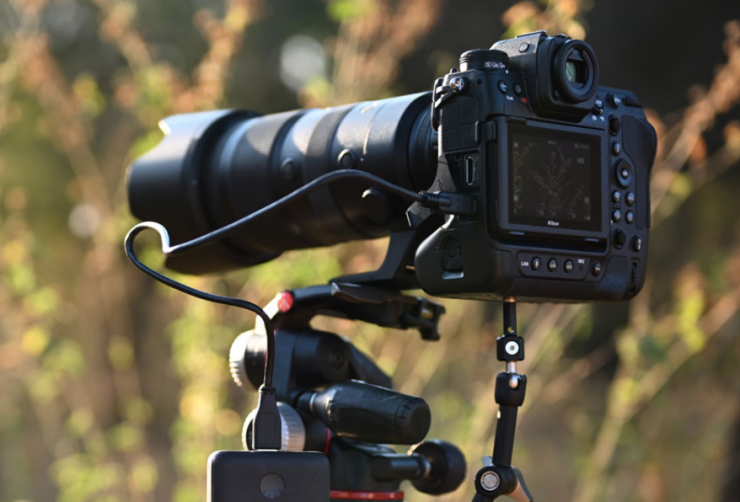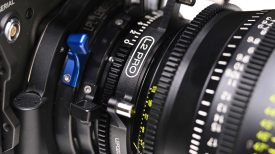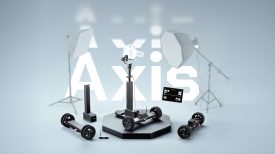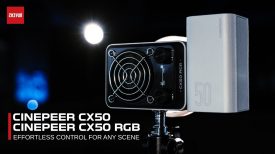Nikon has announced its flagship Z9 that can record 8K 60p RAW internally and 8K up to 30p internally in ProRes 422HQ. These do sound like impressive specifications on paper, but some of these features do have limited capabilities and some won’t be available at launch. Read on to find out more.
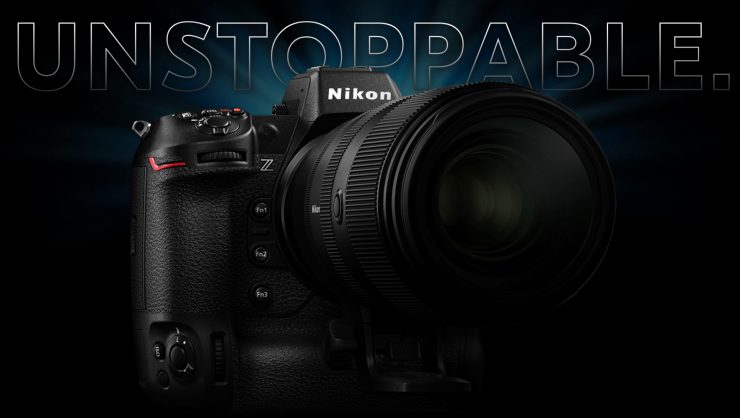
Key Features
- 8K 30p recording for up to 125 mins
- 4K 120p with no crop
- ProRes 422 HQ Internal Recording
- Internal 8K 60p RAW Recording (future firmware update)
- 45.7MP FX-Format Stacked CMOS Sensor
- Vertical Grip, 2x CFexpress Type B Slots
- AF tracking of people, faces, eyes, dogs, cats
- 11MP @ 120 FPS continuous shooting
- EXPEED 7 enables no blackout and no EVF judder EVF
- Quad-VGA with 3.69 million dots
- 3000 cd/m2 brightness (claimed to be the brightest EVF in the world)
- Touch screen with self-orientation
- Claimed fastest scan rate of any mirrorless camera in the world
- High efficiency RAW, can preserve image quality similar to RAW, but a 1/3 size.
- ISO 64 base
- Up to 1/32000 shutter speed
- 20% smaller than D6
Above you can watch the live stream announcement of the Z9.
Video Performance
Let’s face it, Nikon doesn’t have a stellar reputation when it comes to video features and functionality. They have lagged behind both Canon, Sony, and Panasonic. I have owned a Nikon Z6 for the last 3 years and while it is a competent video performer I mostly use it for stills. Nikon has been very conservative when it comes to video features that they include in their mirrorless cameras, which is strange, given they don’t make video cameras that they need to protect. Well, it looks like all of that has just changed.
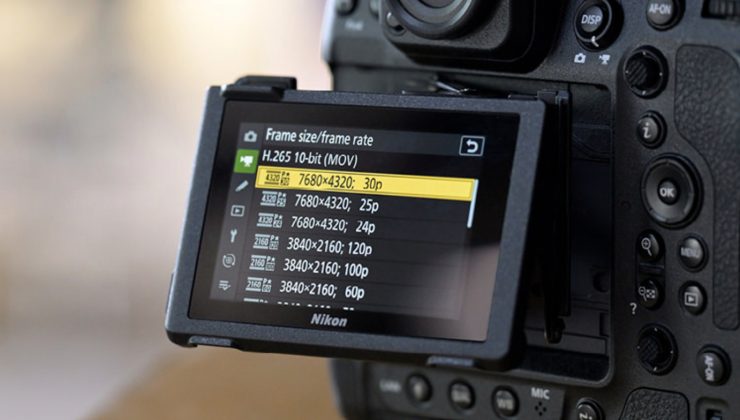
Nikon has come up with an efficient heat dissipation design that they claim allows you to record 8K UHD internally at up to 30p for around 125 minutes without the camera overheating.
Using an 8K area, oversampled UHD 4K recording is possible at up to 30p. High-resolution frame grabs can be recorded in camera from 8K and 4K videos, for producing 33MP or 11MP stills, respectively.
The Z9 is also capable of recording 4K UHD at up to 120 with no cropping. The Z9 also features Nikon’s original NLog and HLG (Hybrid Log-Gamma) that were both introduced with the original Z6 and Z7 cameras.
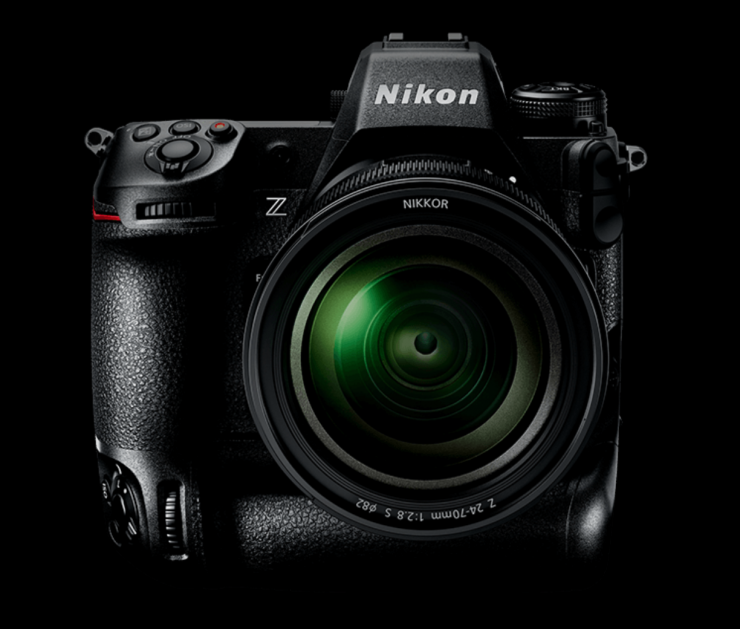
Perhaps the biggest shock is that the Z9 can record internally in ProRes 422 HQ. Finally, someone put ProRes recording in a mirrorless hybrid. You can also record in H.265. Now, there is a caveat, you can only record 8K and 4K 120p in H.265. Prores 422HQ recording is limited to UHD up to 60p capture.
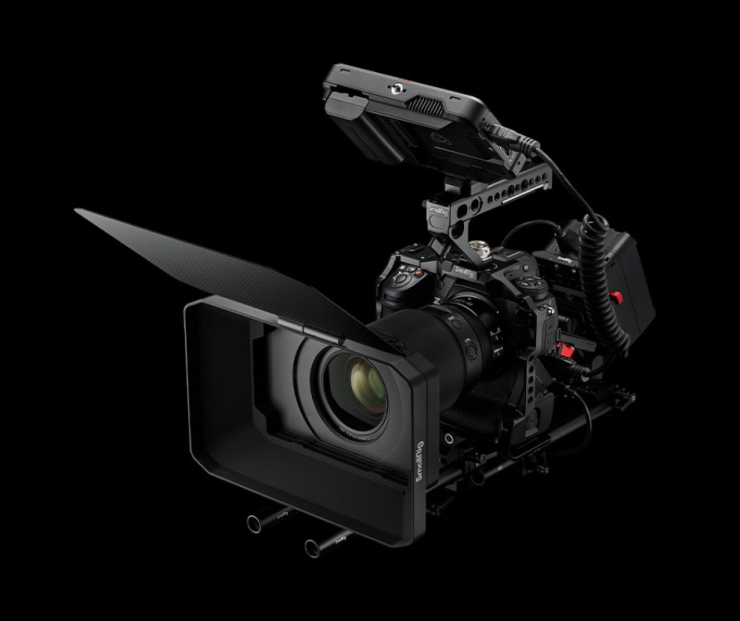
A 2.3x crop format with full pixel readout is available for getting closer to your subject without changing lenses.
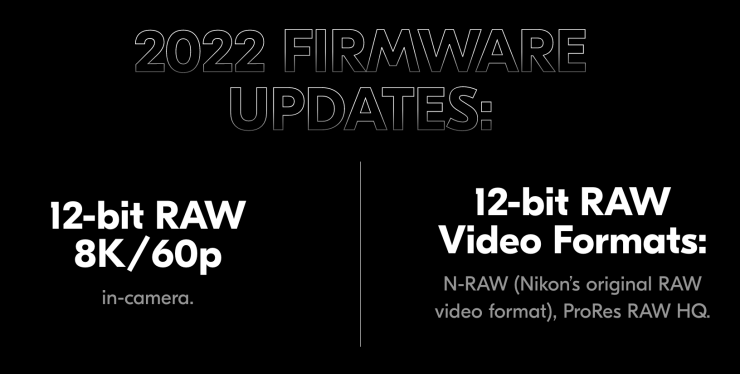
With a future software update, the Z9 will be able to record 8K up to 60p in 12bit RAW internally in either Nikon’s own flavor of RAW or ProRes RAW HQ.
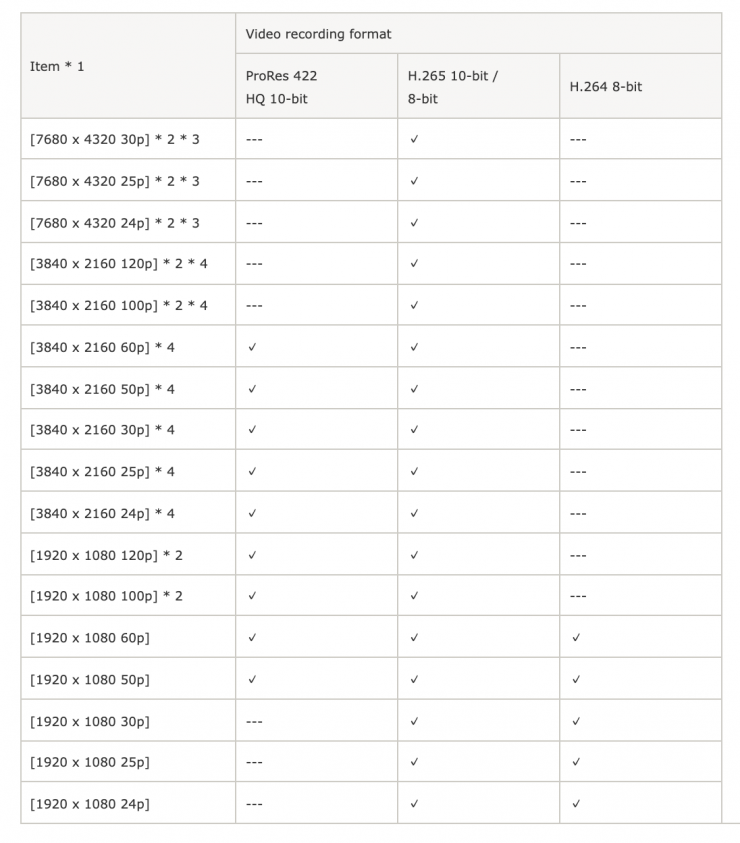
Above you can see all of the recording resolution and codec options.
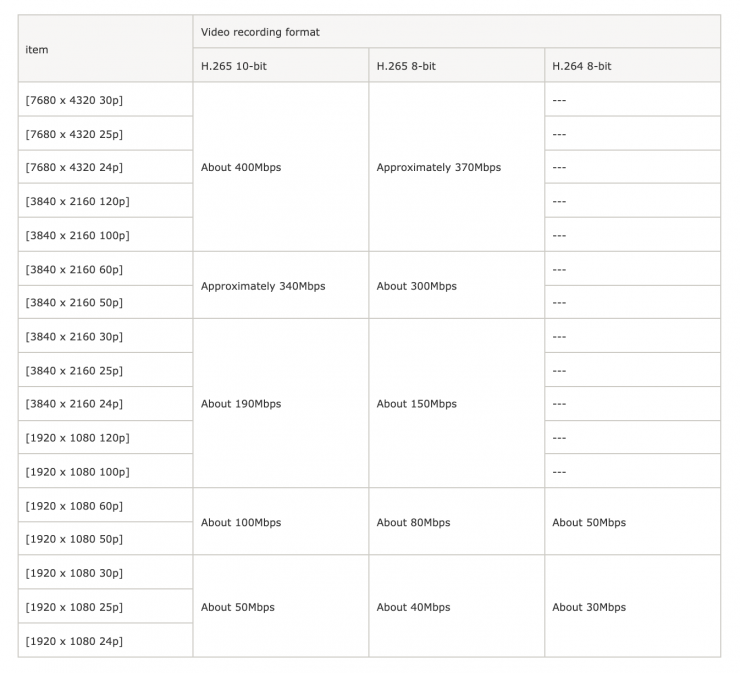
Above you can see the bitrates for the various resolutions and codecs.
The Z9 will also get a waveform monitor, red display frame when recording video, and the ability to enlarge focus while the camera is recording in a firmware update. Why these features aren’t available at launch is bizarre.
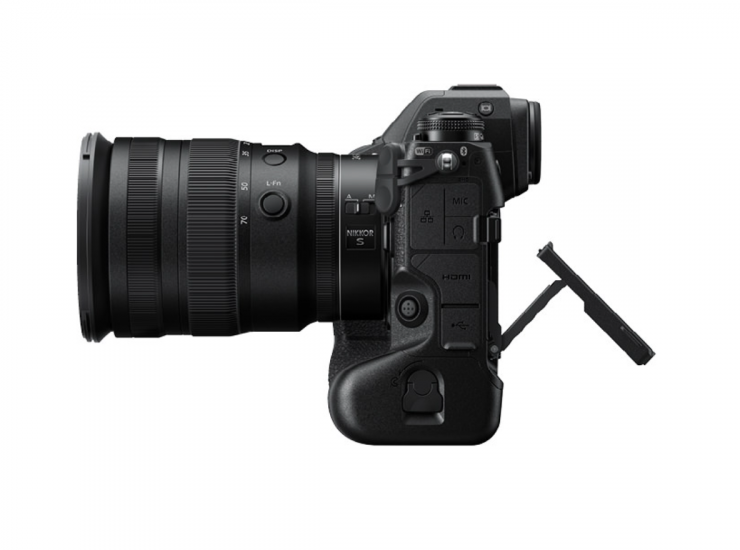
The camera has a full-sized HDMI output, 3.5mm headphone jack, and a 3.5mm stereo mic input.
AF
According to Nikon, the Z9 features the most advanced AF performance and ultra-high-speed shooting in Nikon’s history. The camera can track people, dogs, cats, birds, bicycles, motorcycles, cars, trains, and airplanes. What is nice is that the camera is intelligent enough that if you set the subject detection to auto, it will automatically select the correct tracking without you having to go into a menu and choose it.
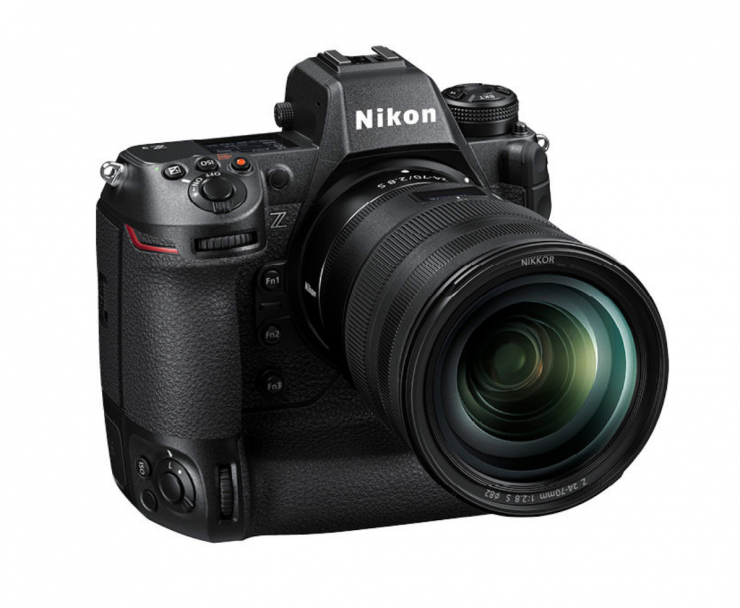
Covering the full sensor area, the Z9 uses a 493-point phase-detection AF system to realize fast and accurate focusing performance. This system is benefitted by the high-speed communication of the Z interface along with the speed of the sensor that enables AF readings to occur at up to 120 fps. This focusing system also supports working in low-light conditions with a Starlight mode that permits focusing down to -8.5 EV to greatly benefit astrophotography, concert, and other nighttime shooting applications.
The Z9 is also Nikon’s first mirrorless camera to be equipped with 3D-tracking. This is something that was previously only found on select Nikon DSLR cameras.
Sensor
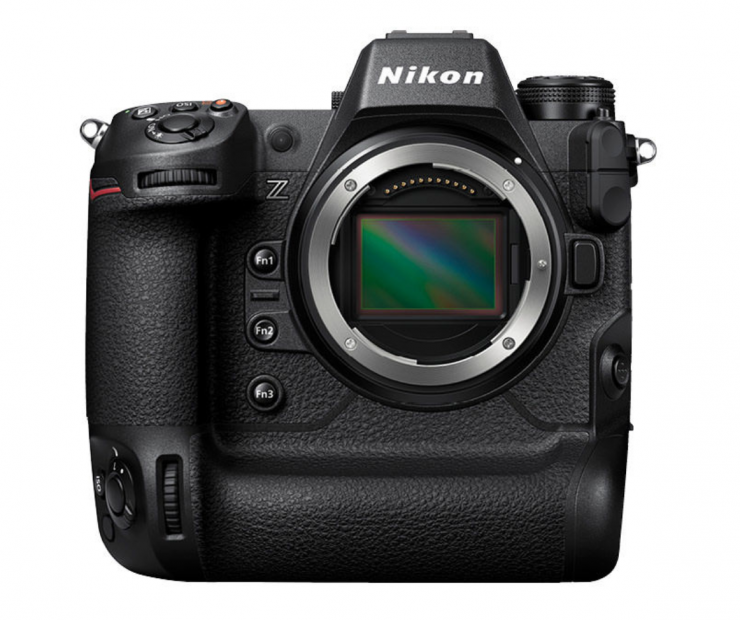
The Z9 features a newly developed FX-format 45.7MP BSI stacked CMOS sensor. Its stacked design offers fast readout speeds and helps to reduce rolling shutter, and the BSI design contributes to impressive clarity and minimal noise when working at higher sensitivities. At 45.7MP, it’s also a high-resolution chip that benefits landscape, portraiture, and other detail-oriented genres, as well as enables recording video at resolutions up to 8K. The sensor offers a native ISO 64-25600 range, that can be expanded to ISO 32-102400.
EXPEED 7 Image Processor
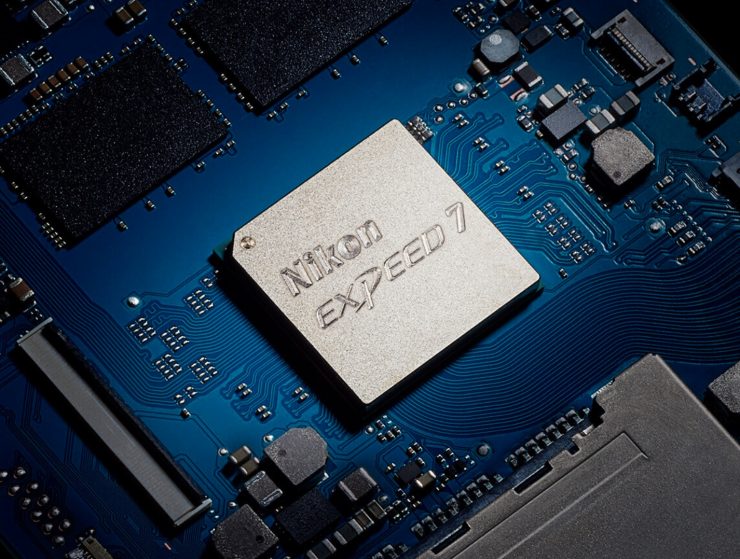
Complementing the sensor is an advanced processing engine, the EXPEED 7, which offers speeds approximately 10x faster than a Z 7II. This engine works in conjunction with the stacked sensor design to realize impressively fast AF speeds, burst shooting rates, a high buffer capacity, fluid video performance, and quick all-around handling.
The Z9 has a top continuous shooting speeds of 20 fps when shooting in raw, 30 fps when shooting in JPEG, and an impressive 120 fps shooting rate when recording 11MP stills, with all rates supporting full AF/AE performance.
The camera is able to buffer over 1000 raw images in a burst, meaning raw image sequences can be recorded for approximately 50 seconds continuously.
The electronic shutter affords a top shutter speed of 1/32,000 sec for working in the brightest conditions with wider apertures
A stacked sensor design reduces rolling shutter distortion so fast-moving subjects, like a golf club, tennis racket, or baseball bat, do not appear distorted when working with shutter speeds up to 1/32,000 sec.
AF calculations are done at a 120 fps rate to keep up with fast continuous shooting speeds.
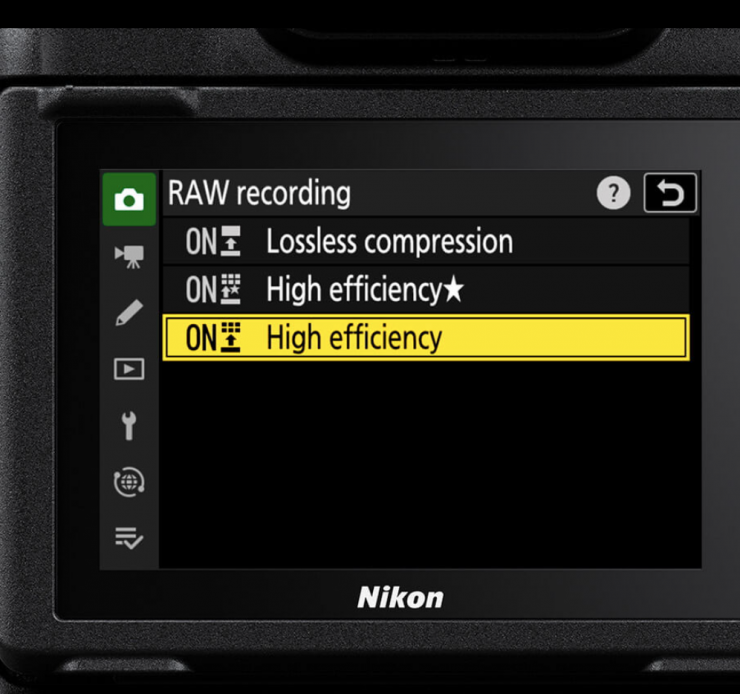
A New High Efficiency RAW file format maintains image quality akin to uncompressed raw files but with file sizes approximately 30% smaller for faster reading/writing to the memory card.
Electronic Shutter-Only Design
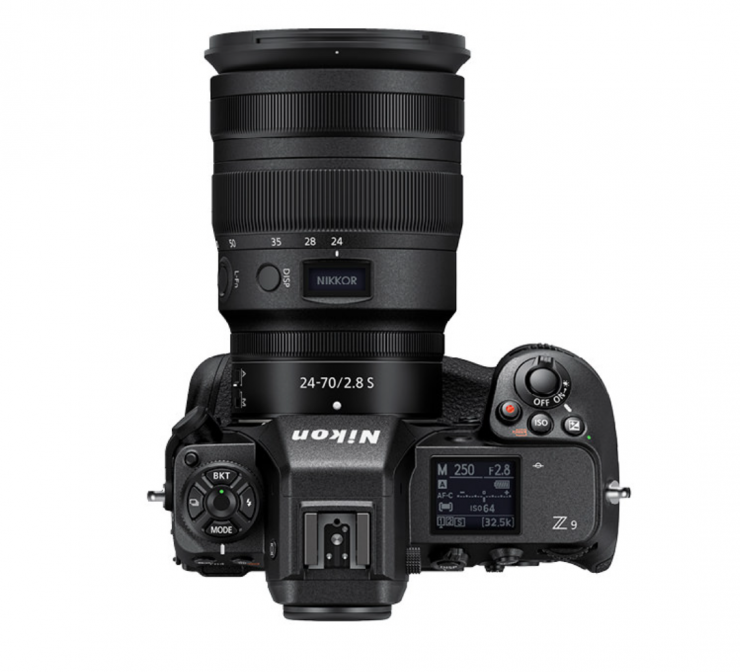
Relying on the speed and stacked design of the sensor, the Z 9 completely forgoes a mechanical shutter and uses just an electronic shutter for all capture modes.
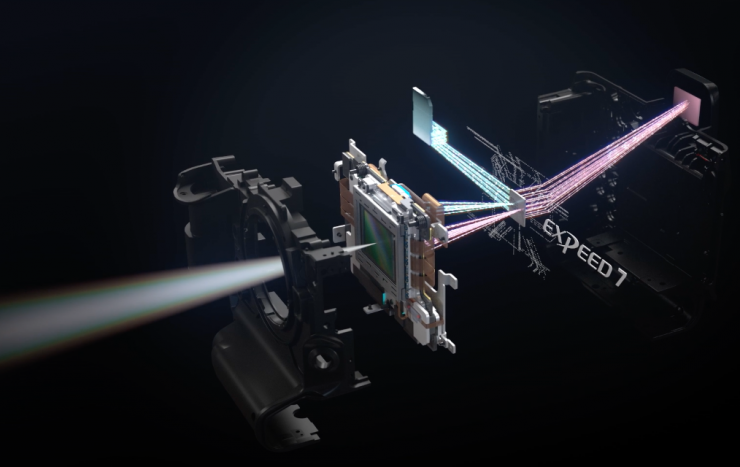
The speed of the sensor enables recording at up to 1/32,000 sec and the stacked structure reduces motion distortion for accurate depiction of fast-moving subjects, like golf clubs, baseball bats, and automobiles. Also, despite the absence of a mechanical shutter, flash sync up to 1/200 sec. is still supported as well as high-speed sync functions.
By removing the mechanical shutter, the Z 9 can also operate completely silently and there is no worry over mechanical shutter wear or breakdown. A shutter release sound can be added for awareness when a photo is being taken, and the volume can be adjusted to suit different working scenarios.
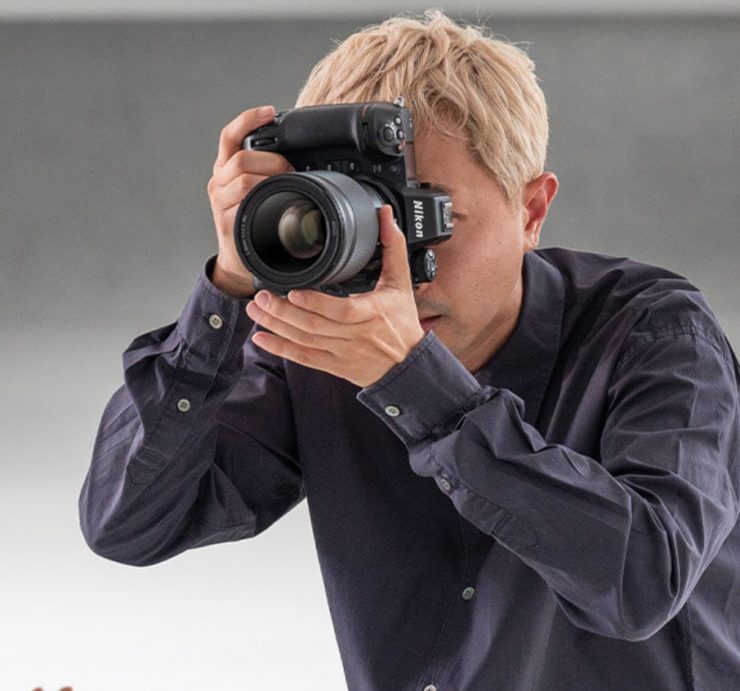
The Z9 delivers advanced Vibration Reduction (VR) with Synchro VR where 5-axis in-body VR and 2-axis lens VR work together, achieving an effect equivalent to a shutter speed up to approx. 6.0 stops faster.
Real-Live Viewfinder and Four-Axis Tilting LCD
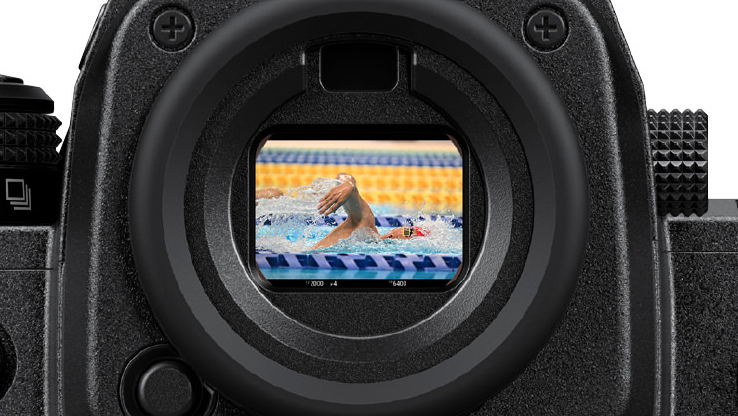
Real-Live Viewfinder is an advanced EVF utilizing a quad-VGA panel with adjustable luminance up to 3000 cd/m2 for clear visibility in bright conditions. This EVF also works in conjunction with dual-stream technology for blackout-free viewing when shooting continuously.
The EVF isn’t going to be as good as what is on offer from some of the competition.
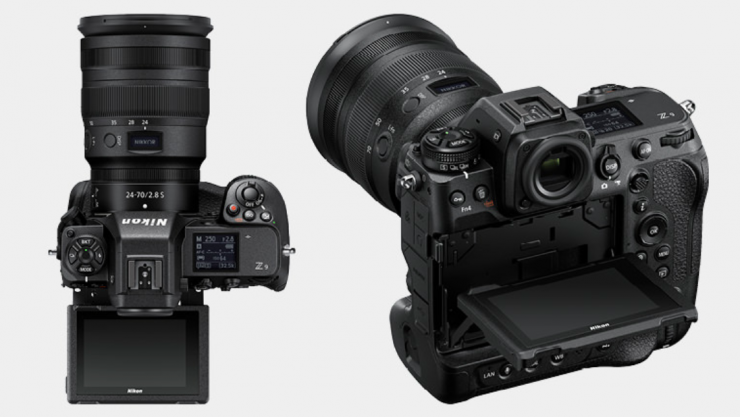
A first for Nikon, the Z 9 incorporates a 3.2″ four-axis tilting touchscreen LCD that better supports working from high and low angles, regardless of shooting in the horizontal or vertical orientation. This screen’s four-way tilting design allows for easier viewing from a variety of positions and the user interface orientation will also shift depending on how the camera is held.
No, it doesn’t have a flippy screen, but I don’t think the target audience for this camera will be Vlogging or taking selfies.
Size & Weight
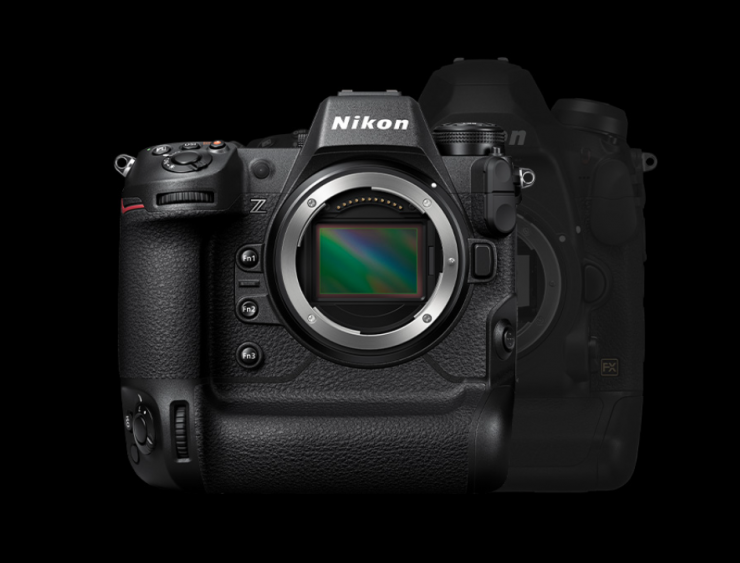
The Z9 is 20% smaller than the D5 and it tips the scales at approximately 1.34 kg (including battery and memory card, excluding body cap and accessory shoe cover).
This is a heavy camera and it weighs significantly more than a Sony a1 (737g / 1.62lb) or Canon EOS R3 (1.05 kg / 2.23 lb).
Tough, Durable Construction
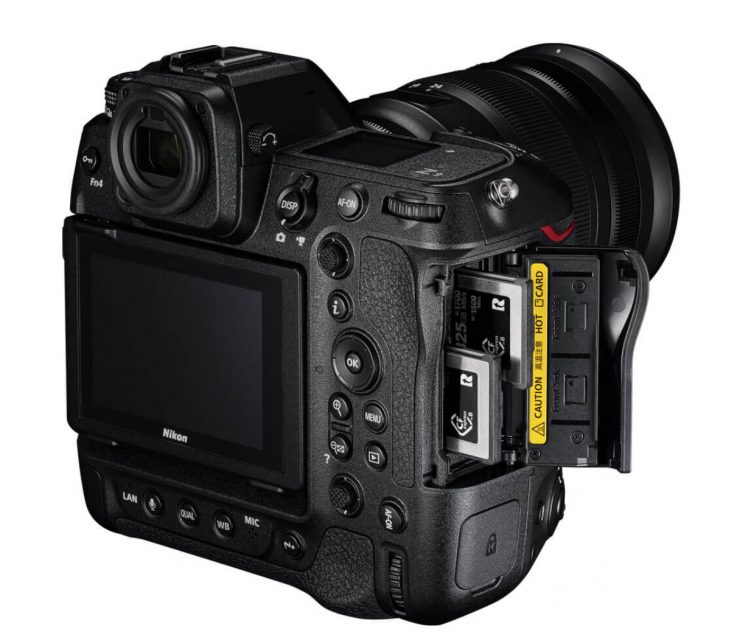
The Z9 has dual CFexpress Type B memory card slots that allow for flexible file saving and promote high-speed reading and writing to keep up with the fast continuous shooting and high-resolution 8K video recording.
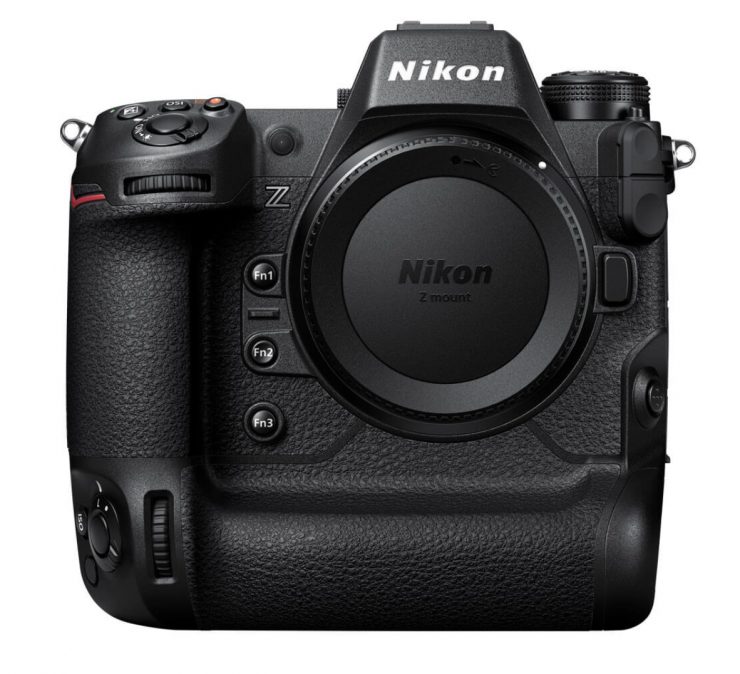
The camera is optimized for a professional workflow, the Z 9 is characterized by its ergonomic form factor and inclusion of a vertical grip for easy switching between horizontal and vertical shooting orientations.
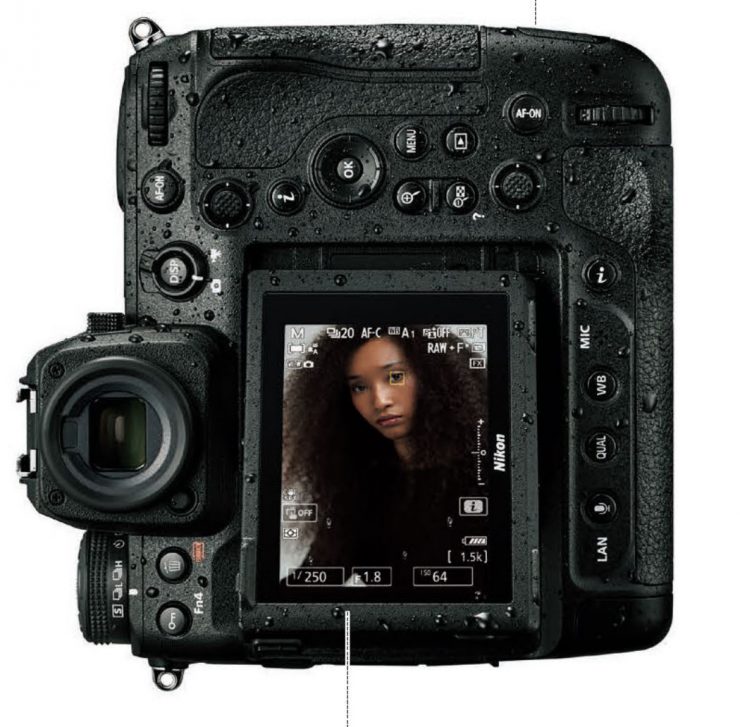
The Z9 is built to the same dust and moisture resistance standards as the D6, the Z 9 has a highly durable and rigid magnesium alloy chassis that manages to be 20% smaller than the former flagship DSLR body.
The included EN-EL18d battery offers approximately 700 frames per charge. The Z 9 is also compatible with other EN-EL18-series batteries.
In-body Vibration Reduction now supports Synchro VR to achieve up to 6 stops of camera shake compensation when used with select Z lenses.
VR safety lock secures the sensor and VR mechanism in place to prevent damage caused by movement while traveling.
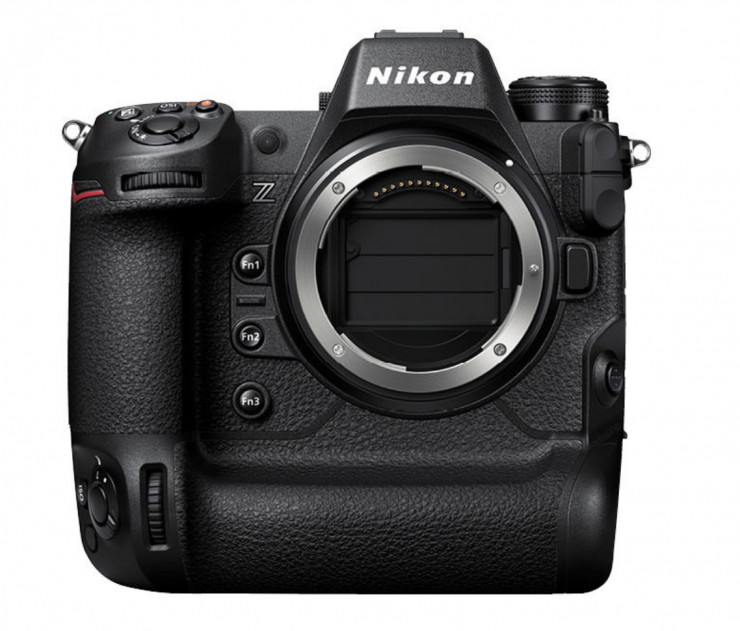
Helping to cut down on dust reaching the sensor, the Z 9 incorporates a sensor shield that protects the sensor surface when changing lenses. For additional dust prevention, there is also a dual electro-conductive and fluorine coating on the optical filter covering the sensor.
Backlit buttons offer easier navigation and button recognition when working in low-light conditions.
Voice memo function for recording short spoken notes while shooting.
Versatile Connectivity
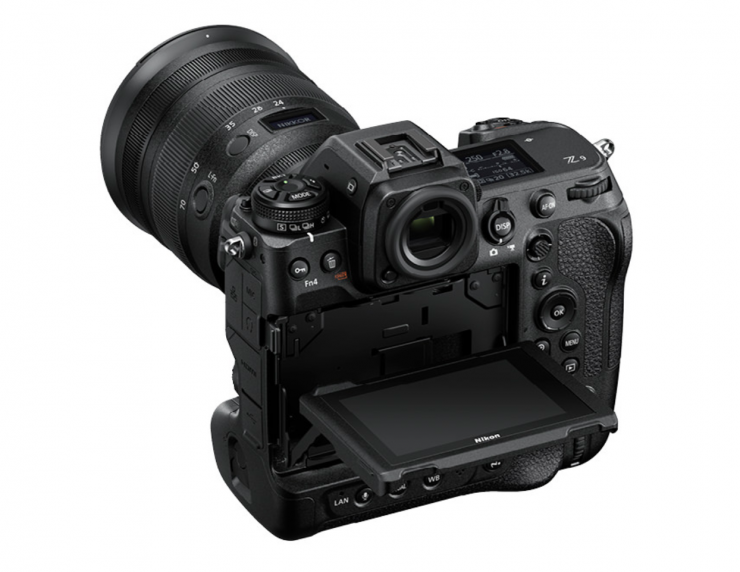
Matching the professional build quality, the Z9 is fitted with a variety of connectivity options to suit various workflow needs:
- Full-size HDMI port for outputting video to an external recorder or monitor
- USB 3.2 Gen 2 Type-C port supports tethering, data transfer, and in-camera battery charging
- Ethernet port supports 1000BASE-T wired LAN connection for transferring files over FTP
- 10-pin port offers wide accessories and remote connectivity
- PC sync port for flash sync
- Bluetooth and Wi-Fi (2.4 and 5 GHz) permit wireless transferring of files, remote camera control via a mobile device, and works in conjunction with the NX Mobile Air app for file management
- GNSS for in-camera geotagging and recording of location info while shooting
Price & Availability
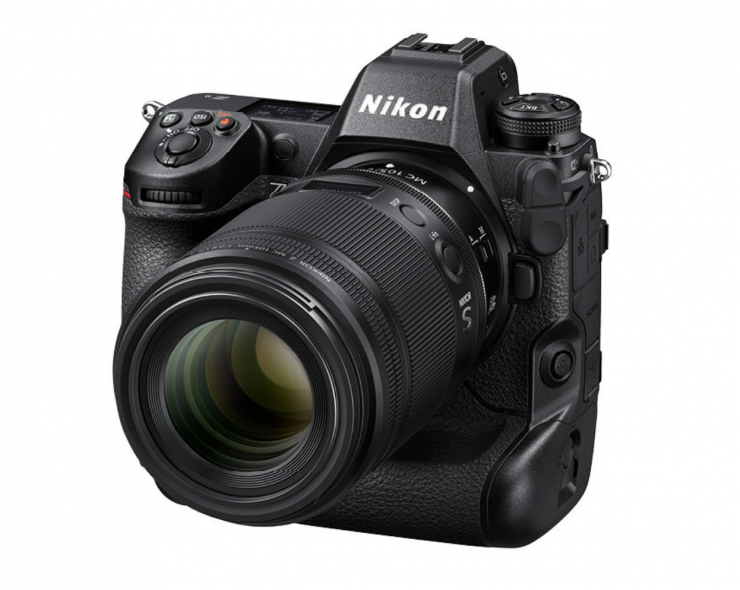
The Z9 retails for $5,496.95 USD and it will be available to order at 10:00 on November 2nd.

